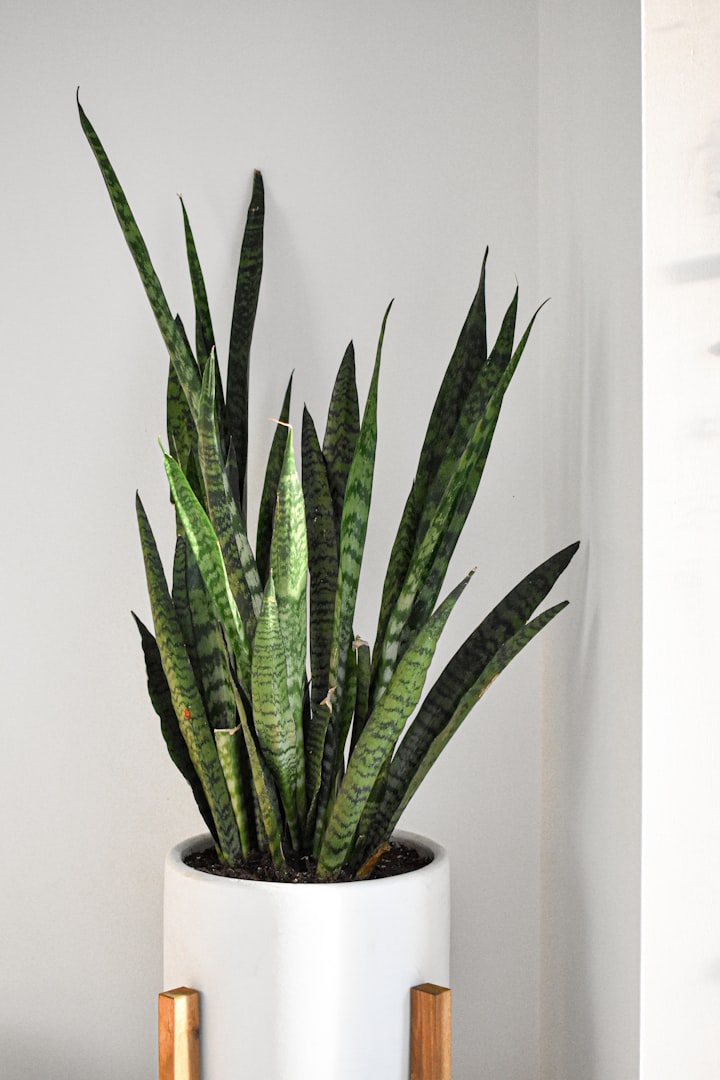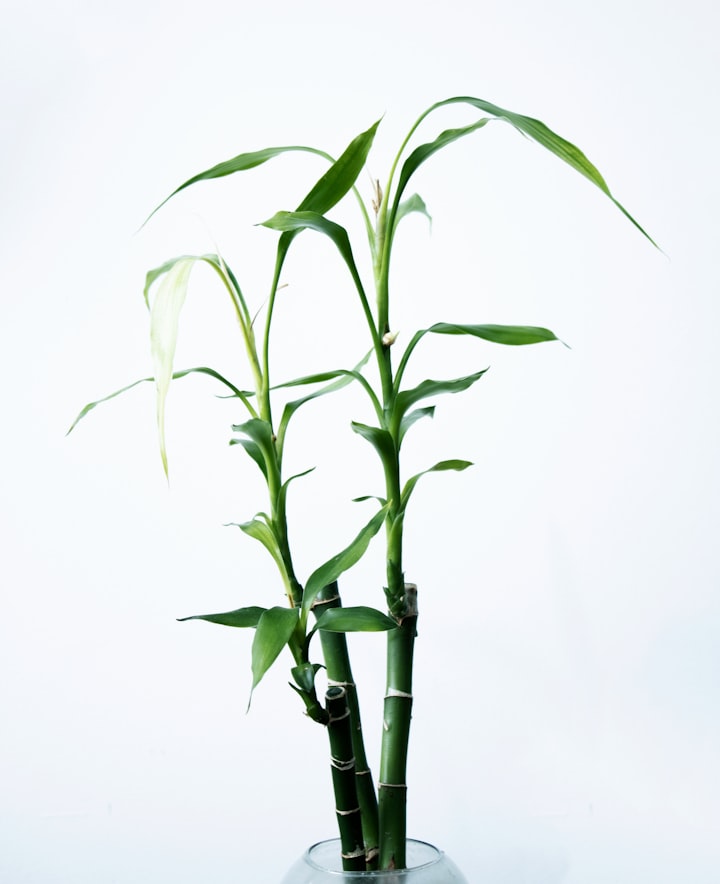7 Low Maintenance Indoor Plants that you CAN keep alive
with some helpful tips for beginners

Before I started my plant journey a few years back, I did not think I would be successful. I really thought I couldn’t be that person. You know, the mysterious plant whisperer, who never let a plant die, knows exactly how much water every plant needs and how often, and even knows the right amount of sun needed for the plant to grow and multiply.
At my job at the time, my coworker was that mysterious plant whisperer. Her office was full of different kinds of plants, super tall bamboo, long vines along the windowsill, spider plant with little plant babies and even a tree! I wondered, how does she do it?
Going to the store in the fall included me making the impulse purchase of a succulent in a cute pumpkin shaped hand-painted pot, not paying attention to the care instructions or looking it up online to better understand its watering schedule. I brought it to my job, put it under the faucet to water it and placed it in its new home, on my desk beside the computer monitor to be in my line of vision to see it grow. A couple weeks later, much to my surprise, the leaves slowly turned yellow, thin and mushy. Now I know, that meant I overwatered it. I felt so disappointed. It was time to throw out the moldy plant and swear off the plant purchases…for good.
“I can’t keep a plant alive,” was go-to comment when the topic of plants came up. After a few times of repeating it, I caught myself sounding negative and being controlled by that limiting belief. I would correct myself in my head and say, “maybe I don’t know how right now, but there’s always an opportunity to learn.” This motivated me to reach out to the plant whisperer (PW) at work to ask about her process and where she learned about plants. She was happy to share her tips and even her failures with me. Most importantly, she physically gave me the first plant I successfully kept alive (to this day).
Below is a list of plants that recommend for beginners from my experience. In my journey I learned that caring for plants is all about doing research, seeing what works for each plant, and using different methods and tools to care of them. At times, there are unfortunate causalities, but those failures are opportunities for improvement in the future.
A major tip for beginners is to start slow (don’t impulse buy all the plants on the list although it may be tempting). Master the water schedule of one or two plants at a time for a few months before adding more.

Pothos or Devil’s Ivy
Scientific Name: Epipremnum aureum
My first positive experience with a plant was with a pothos. The pothos is a versatile plant that grows quickly, under any climate, any level sunlight, and it can survive in either water or soil. As soon as PW at work learned about my interest in plants, she went to her vines of pothos and gave me a cutting in a cup of water. The instructions to propagate the plant were simple: when the water goes down, fill it up! I placed the cup on my desk. I was happy to see when I saw new roots and new leaves. To this day, I continue to propagate it and give it to friends who need a boost of confidence in caring for a plant.

Spider or Ribbon Plant
Scientific Name: Chlorophytum comosum
The spider plant can also be easily propagated in water from the pups (little spider plants) that grows out of it on a stem. When I first propagated it in water, it was so rewarding to see the roots grow out! I was so happy I decided to name my plant Rooty as well as create it as a Halloween costume of it that year.

Snake
Scientific Name: Dracaena trifasciata
The best part about the snake plant is that it only needs to be watered once a month. The main trick in watering it is to avoid getting water inside the middle of the plant, where it can cause mold. I gifted this plant to my boyfriend who was excited to have a plant after seeing mine. He put a reminder to water it once a month. Since then, he also gifted the plant to a friend and he recommended being on the same watering schedule so they can reminder each other when to water their plants.

Lucky Bamboo
Scientific Name: Dracaena sanderiana
I learned that the lucky bamboo was an easy plant to take care of as well. The leaves grow tall rather quickly and some have spiral stems. Like the pothos, it can survive in mostly water. Instead of soil, the little pot is filled with rocks and you refill the water once the rocks are dried up.
False Shamrock
Scientific Name: Oxalis triangularis
As the name implies, it looks like a shamrock. During the day, the leaves open up to follow the light and at night, the leaves fold inwards. A friend (a coworker who also learned about plants from PW) gave me a few stems and I had it in water for 3 months. Throughout that time, a few tiny white flowers bloomed and when more stems sprouted, I repotted it. It is still thriving and I’m looking forward to another round of flowers to bloom again.

Jade
Scientific Name: Crassula ovata
I typically do not consider any succulent to be a low maintenance plant. They tend to be very particular about the desired temperature and amount of water they need. They are unforgiving when overwatered. However, the Jade plant does well in varying indoor temperatures and do not need as much humidity as other succulents. When I bought this plant, I was very careful not to overwater it. In time, the leaves that are supposed to be thick, meaty and upwards, were droopy, turning a silver color, or shriveling up (GRR!!). I saw that my cousin had some and I asked her about how often she waters her plant. She shared that she waters them from the bottom-up. My mind was blown! As soon as my plant was ready to be watered again, I tried that method and the plant perked up overnight! Ever since then, I know to water (from the bottom) the plant when it starts to droop or begin to have wrinkles.

ZZ Plant
Scientific Name: Zamioculcas zamiifolia
The ZZ plant requires watering a couple times a month. One way to know when it is time to water a plant is to check the moisture by touching the soil. Dry soil also weighs less so checking how heavy the plant is can help determine when to water it. Another way is to use a Plant Hygrometer Moisture Sensor, a tool that determines the level of moisture in the soil. The sensor goes deep into the pot to avoid the bottom of the pot from retaining too much water.
About the Creator
Liseth Giraldo
Executive Assistant from Miami, living in Jersey City.






Comments
There are no comments for this story
Be the first to respond and start the conversation.